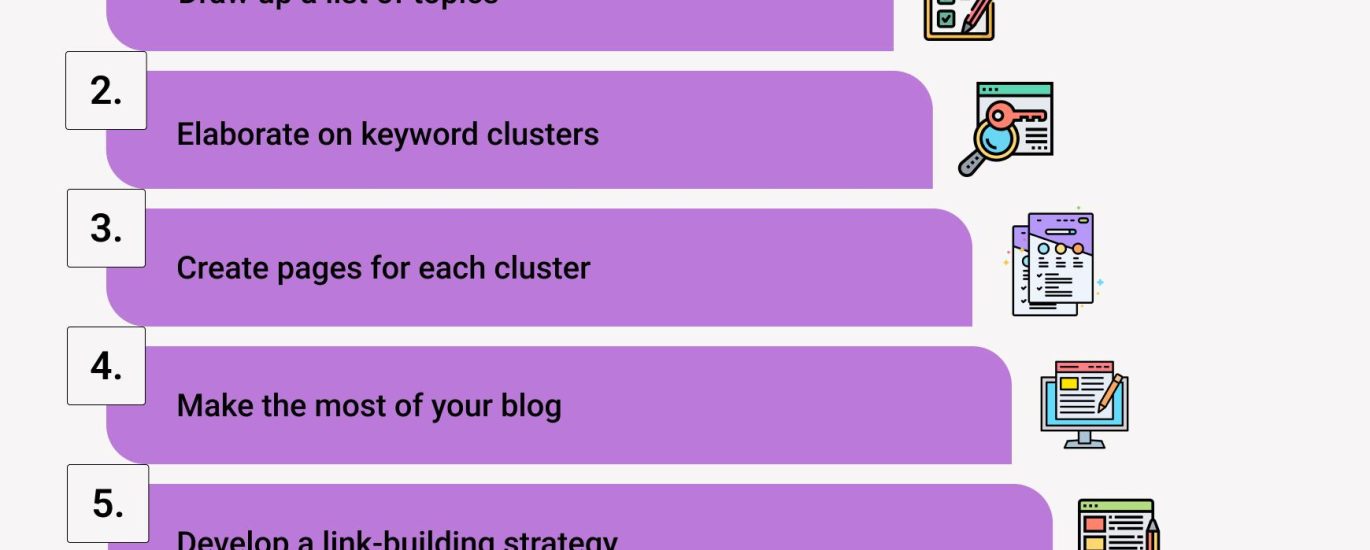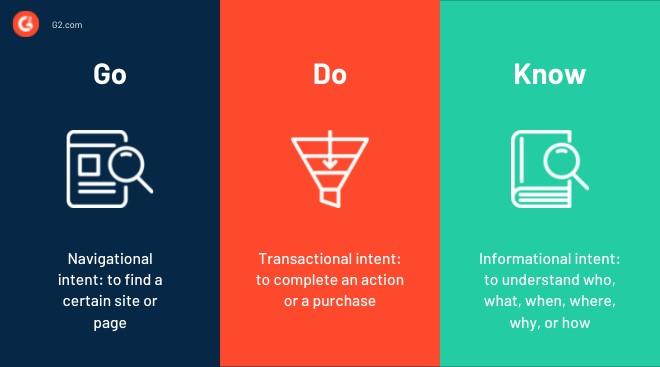



In the ever-evolving landscape of digital marketing, where algorithms shift and user preferences morph, one truth remains universally valid: content is king.Yet,in a sea of details,the challenge lies not just in creating content,but in crafting it intelligently. A smart SEO content strategy goes beyond mere keyword stuffing; it’s about weaving a narrative that captures attention, engages, and ultimately converts. As we delve into the nuances of building a more effective SEO content strategy, we will explore innovative techniques, data-driven insights, and creative approaches that can elevate your content from mundane to exceptional. Join us on this journey to transform how your brand engages with it’s audience,ensuring that your voice rises above the noise in the crowded digital marketplace.
To effectively align content with user needs, it’s crucial to identify and analyze the different types of user intent. Typically, user intent can be categorized into three main types: informational, navigational, and transactional. Understanding these nuances enables content creators to tailor their strategies more precisely, ensuring that each piece of content serves a distinct purpose. As a notable example,users seeking information may require in-depth articles or how-to guides,while those with navigational intent are looking for specific pages or brands. Conversely, users with transactional intent are ready to make purchases, necessitating compelling product descriptions and persuasive calls to action.
Incorporating user intent into your content strategy involves more than just choosing the right keywords; it requires a deeper comprehension of your audience’s journey. Start by conducting keyword research that focuses on questions and phrases relevant to your industry. Utilize analytical tools to gather insights into search trends and user behavior. Additionally, consider creating content that addresses common pain points or topics of interest to your target demographic. Here’s a simple table to summarize effective content types based on user intent:
| User Intent Type | Content Type | Examples |
|---|---|---|
| Informational | Blog Posts, Guides | “How to Make Coffee” |
| Navigational | landing Pages | “Contact Us” |
| Transactional | Product Descriptions | “Buy Eco-friendly Coffee Maker” |

In the realm of SEO, understanding the intricacies of keywords is paramount. By leveraging data analytics, businesses can harness a wealth of insights that guide their keyword selection process. The first step is to analyze existing data from tools like Google Analytics and Google Search Console. These platforms provide valuable metrics such as search volume, competition level, and click-through rates. By focusing on high-traffic, low-competition keywords, brands can carve out their niche in a crowded digital landscape. This strategic approach not only enhances visibility but also drives more relevant traffic to your content.
Once you have identified potential keywords,it’s crucial to segment them based on their performance. Utilizing techniques like clustering can help categorize keywords into thematic groups, making it easier to tailor your content strategy accordingly. Consider creating a keyword performance table to visualize this data:
| Keyword | Search Volume | Competition | CTR (%) |
|---|---|---|---|
| SEO best practices | 3,600 | Medium | 15 |
| Content marketing strategies | 2,900 | High | 12 |
| keyword research tools | 1,200 | Low | 20 |
By combining analytics with strategic planning,businesses can ensure their SEO efforts are not only informed but also adaptive to changing trends in user search behavior. Prioritizing data-driven keyword choices empowers content creators to develop highly relevant and targeted materials that resonate with their audience, ultimately resulting in improved site performance and greater engagement.

Creating content that captivates and maintains the interest of your audience is vital in today’s digital landscape. To achieve this, focus on delivering information that is not just high-quality but also relevant and relatable. Here are some strategies to foster engagement:
Moreover, ensure your content is optimized for readability and SEO without sacrificing creativity. Use formatting techniques that enhance clarity and engagement:
| Strategy | Description |
|---|---|
| Keyword Integration | Seamlessly integrate keywords to enhance searchability while preserving natural language flow. |
| clear Headings | Use concise and descriptive headings to guide readers through your content with ease. |
| Short Paragraphs | Break your ideas into digestible chunks, making it easier for readers to engage with your text. |
| Call-to-Action (CTA) | Include compelling CTAs encouraging readers to take the next step, such as subscribing or sharing. |

To ensure your site excels in organic search results, focusing on technical aspects is crucial. A well-optimized website not only improves user experience but also enhances crawling and indexing efficiency. Key elements to consider include:
Equally meaningful is the implementation of structured data,which allows search engines to understand the context of your content better. This enhances the chances of qualifying for rich snippets, thereby increasing visibility. Consider integrating:
| Structured Data Type | Purpose |
|---|---|
| Article Schema | Enhances article visibility with rich snippets displaying headlines and images. |
| Product Schema | Showcases product information, like pricing and availability, in search results. |
| FAQ Schema | Display common questions and answers directly in search results. |
crafting a smarter SEO content strategy is not merely an option; it’s an imperative in today’s digital landscape. By understanding your audience, leveraging data-driven insights, and adapting to ever-evolving search algorithms, you can create content that not only attracts but also retains visitors. Remember, effective SEO is about more than just keywords; it’s about creating valuable, engaging, and relevant content that speaks directly to your target audience’s needs.
As you embark on this journey, stay curious, embrace experimentation, and be willing to refine your approach. The digital world is dynamic, and your strategy should reflect that fluidity. With a well-thought-out SEO content strategy,you’ll not only enhance your visibility on search engines but also foster meaningful connections with your audience. So, take this knowledge, put it into action, and watch your digital presence flourish. The future of your content strategy starts now.